Using sisco temperature and humidity data logger combined with a cloud platform, global connectivity via GSM network provides permanent monitoring of the entire supply chain. Real time wireless temp and humidity data recorders have a variety of unique capabilities that provide continuous information about the current state of a cargo or equipment.
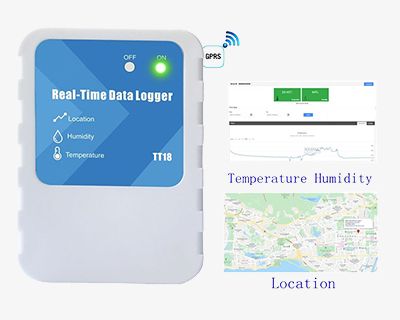
SISCO-TDL-TT18 Real-Time Temp & RH Data Logger
- Single-use, battery backup about 60days.
- Remote real-time monitoring over GSM.
- Free SIM card and Free platform to access the data.
- Temperature and humidity monitoring and location tracking.
- Ideal for cold chain logistics of fresh, medical fields etc.
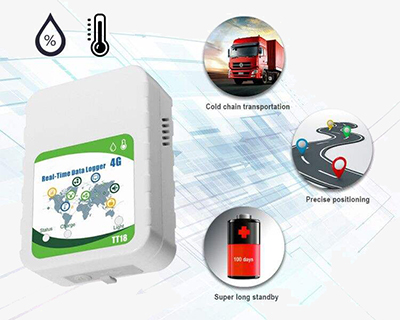
SISCO-TDL-TT184G Real-Time Temp & RH Data Logger
- Multiple-use and rechargeable.
- Remote real-time monitoring over 4G(CAT-M1/NB-IOT) /GSM.
- Data accessible to your server and platform.
- Temperature and humidity monitoring and location tracking.
- Ideal for outdoor or mobile IoT applications.
How to Use
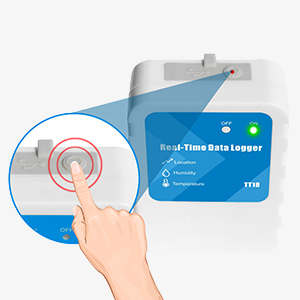
1. Press the button to start
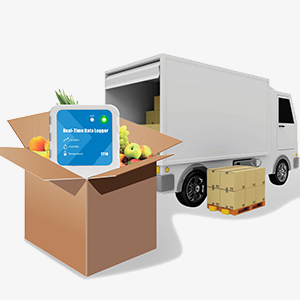
2. Put data logger along with your products
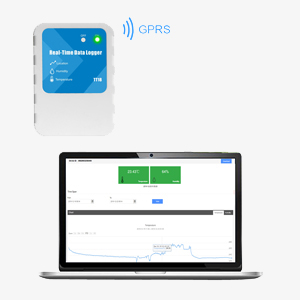
3. Access cloud platform to check data
Applications
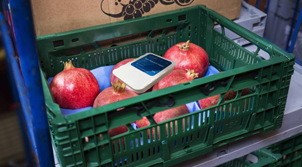
Fresh food safety
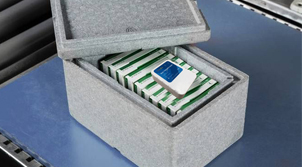
Pharmacies safety
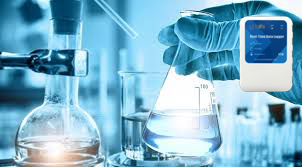
Chemical and biomedical management
| Model | SISCO-TDL-TT18 | SISCO-TDL-TT184G |
| Transmission Mode | GSM | CAT-M1/NB-IOT/GSM |
| Transmit Interval | 15mins | 30mins |
| Weight | 138g | 145g |
| Usage Type | Single Use | Multi Use |
| Inner Lithium Battery | Built-in 3.7V/3000mAh Lithium Battery | Built-in 3.7V/4400mAh Lithium Battery (Rechargeable) |
| Standby Time | Max 60 Days | Max 100 Days |
| Memory Capacity | 6700 Readings | 20000 Readings |
| Other Sensor | / | Light Sensor |
| Temp and Humidity Sensor Accuracy | Temp: ±0.3℃, Humidity: ±3%RH | |
| Dimension | 90mm*64mm*27mm | |
| Working Temperature Condition | -20℃~+60℃ | |
| Working Humidity Condition | Up to 90% (No-condensing) | |
| Location Type | LBS Base Station Positioning | |
| Resolution | 0.1℃ | |
Dimension
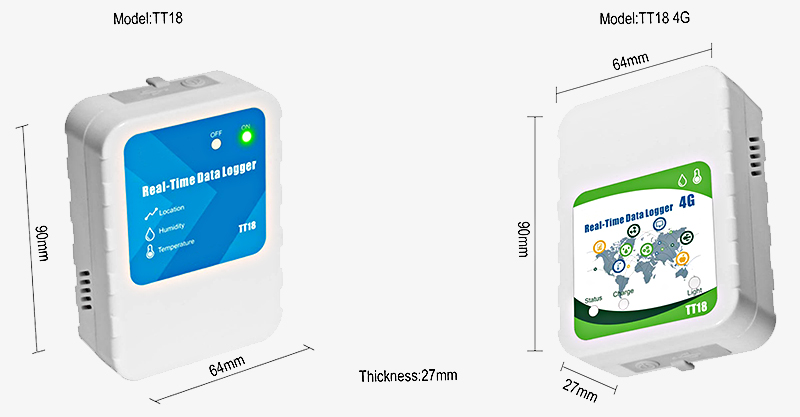
Q1: What is a temperature data logger?
A1: A temperature data logger is one of the types of temperature measuring instruments. With the popularization and wide application of computers, temperature data recorders have been produced. And because of its more accurate data recording, more convenient data storage, and more convenient data analysis functions, it has been widely used. Paperless temp data logger with USB interface also greatly facilitates the downloading and saving of data.
Q2: What are the functions of temperature data loggers?
A2: Measurement: Built-in temperature sensor or connectable external temperature sensor to measure temperature.
Record Storage: Automatically record and store measured temperature values.
Data transfer: transfer or download the saved measurement data to the computer through the USB interface.
Programming: such as setting sampling rate, data transmission method and interval, selecting temperature sensor type, alarm setting, etc.
Analysis: Perform the necessary analysis on the temperature data through the built-in software.
Q3: What are the advantages of temperature data loggers?
A3: The portable temperature and humidity data logger can regularly collect and record temperature and humidity parameters according to the configured time interval, and can transmit the collected and recorded data to the computer for processing and drawing charts. It is widely used in environmental protection, health and epidemic prevention, warehousing and transportation, museums, greenhouses and other fields. This recorder is powered by high precision sensors and high-energy lithium batteries. It is designed with low-power technology and requires no external power supply. It is small in size, low in power consumption, and high in precision. It can work continuously for more than three years.
Tips: Transmission method of wireless temperature and humidity data logger
Wireless temperature and humidity data logger can measure and record temperature and humidity data and send the recorded and saved data wirelessly to the receiving device designated by the user, usually a terminal display device with a receiver or computer.
Wireless transmission methods include:
- GSM mode: that is, using a GSM modem and the existing global mobile communication system to transmit the data measured and recorded by the wireless temperature and humidity recorder.
- ZigBee communication protocol and 2.4GHz frequency: This is a new type of wireless data transmission method, based on the global license-free 2.4GHz frequency (or other license-free frequencies), and the ZigBee communication protocol. The recorder independently forms a full cellular network structure.
Thank you for buying industrial test and measurement equipment on SISCO.com, all products sold by SISCO and the partner cover a 12 months warranty, effective from the date of receiving the products.
What is covered?
SISCO is responsible for providing free spare parts, and free technical support to assist the customer to repair the defective products until the problem is solved.
What is not covered?
- Product purchased from anyone other than a SISCO store or a SISCO authorized reseller.
- Expendable parts.
- Routine cleaning or normal cosmetic and mechanical wear.
- Damage from misuse, abuse or neglect.
- Damage from use of parts other than SISCO approved.
- Damage from use outside the product’s usage or storage parameters.
- Damage from use of parts not sold by SISCO.
- Damage from modification or incorporation into other products.
- Damage from repair or replacement of warranted parts by a service provider other than a SISCO authorized service provider.
- Damage caused by the application environment not meeting the product usage requirements and the failure to perform preventive maintenance.

